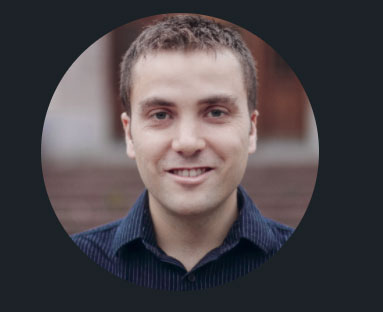MARCUS J. HOOPER, PhD
PROJECT TITLE: CRISPR-mediated Müller glial reprogramming
Dr. Hooper received his undergraduate degree in chemistry and biology from Eastern Washington University, and then completed his PhD at University of Florida in chemistry and biology. A postdoctoral fellowship followed from University of Washington in Seattle. Dr. Hooper’s research interests have focused on preventing, and ideally reversing blindness caused by the death of retinal neurons following his studies in retinal regeneration and glial reprogramming.
As a postdoctoral researcher, Dr. Hooper has been working in the area of Müller glia reprogramming in Dr. Thomas Reh’s lab at Washington University in Seattle. Their recent work is significant, and shows that Müller glia can regenerate functional retinal neurons. The primary goal is to generate visual neurons important for retinal disease. To this end, Dr. Hooper has learned to overexpress transcription factors using CRISPR activation, generate and analyze high throughput single cell genomics data and package adeno associated viral vectors.
Dr. Hooper is co-author on four recently published papers, and is currently in the process of writing two papers of his own.
As the International Retinal Research Foundation Charles D. Kelman, MD Postdoctoral Scholar, Dr. Hooper will expand his training by focusing on retinal regeneration and will expand his development of the specific genetic combinations to use CRISPR (Clustered Regularly Interspaced Short Palindromic Repeats) activation methods to reprogram cells. Dr. Thomas Reh, who will be Dr. Hooper’s mentor during the next year says of Dr. Hooper, “He is an outstanding candidate for the IRRF Scholar Award, as he is highly motivated for a career in academic science and is a technical innovator who is determined to succeed.”
CRISPR, or Clustered Regularly Interspaced Short Palindromic Repeats, is the basis of a revolutionary gene editing system. One day, it could make it possible to develop cures for chronic disease.
